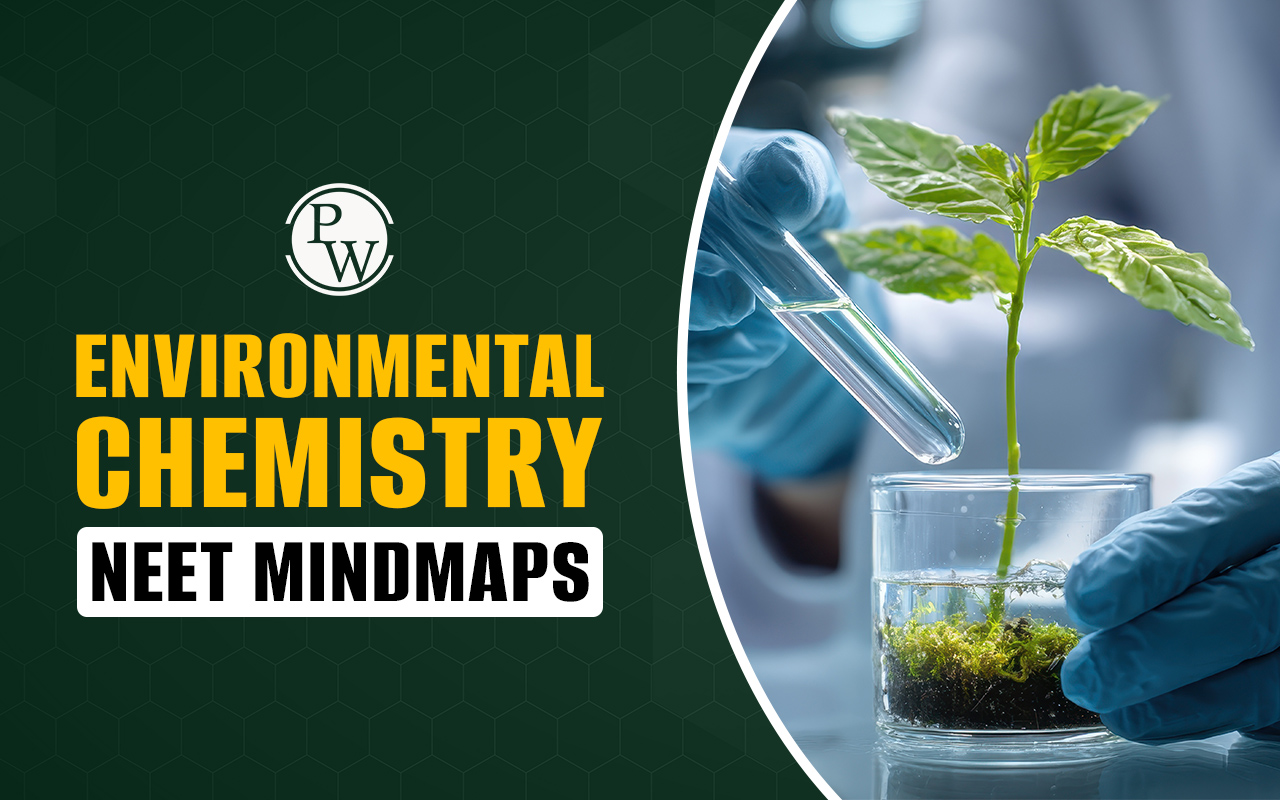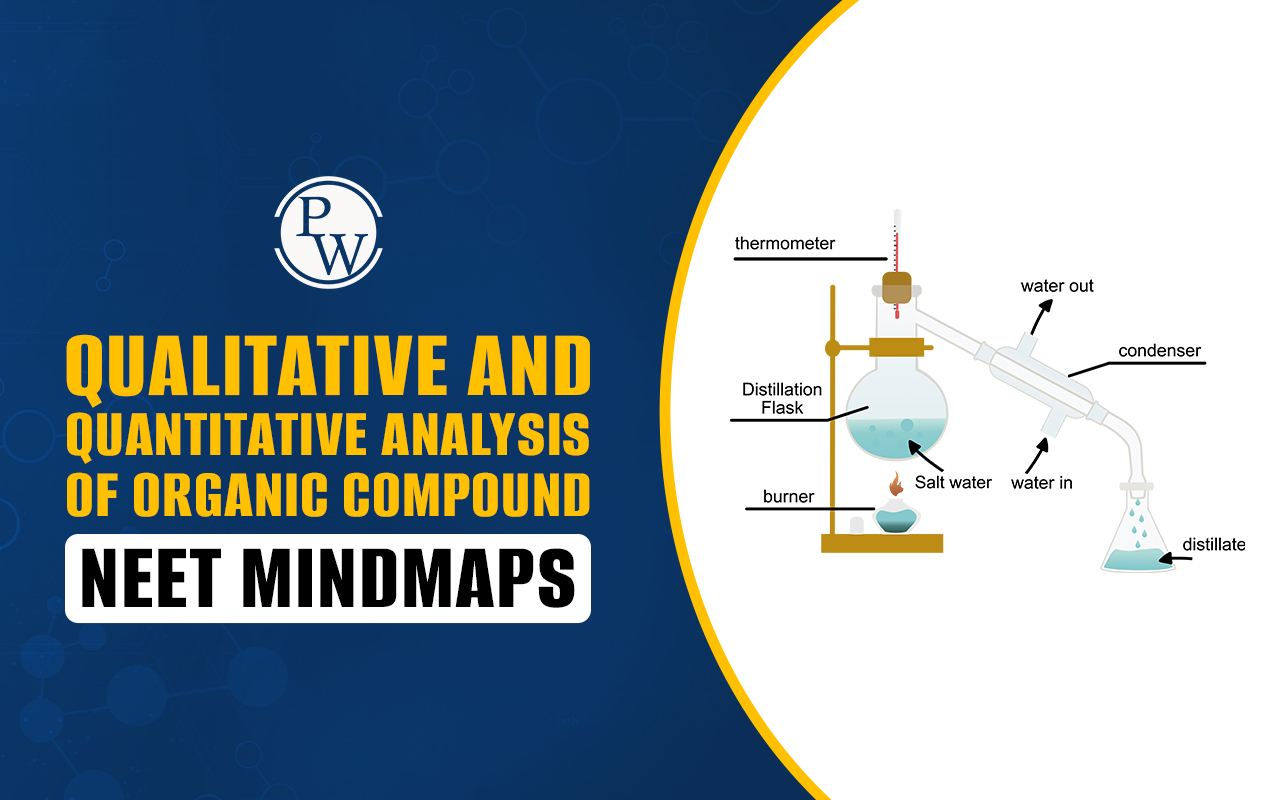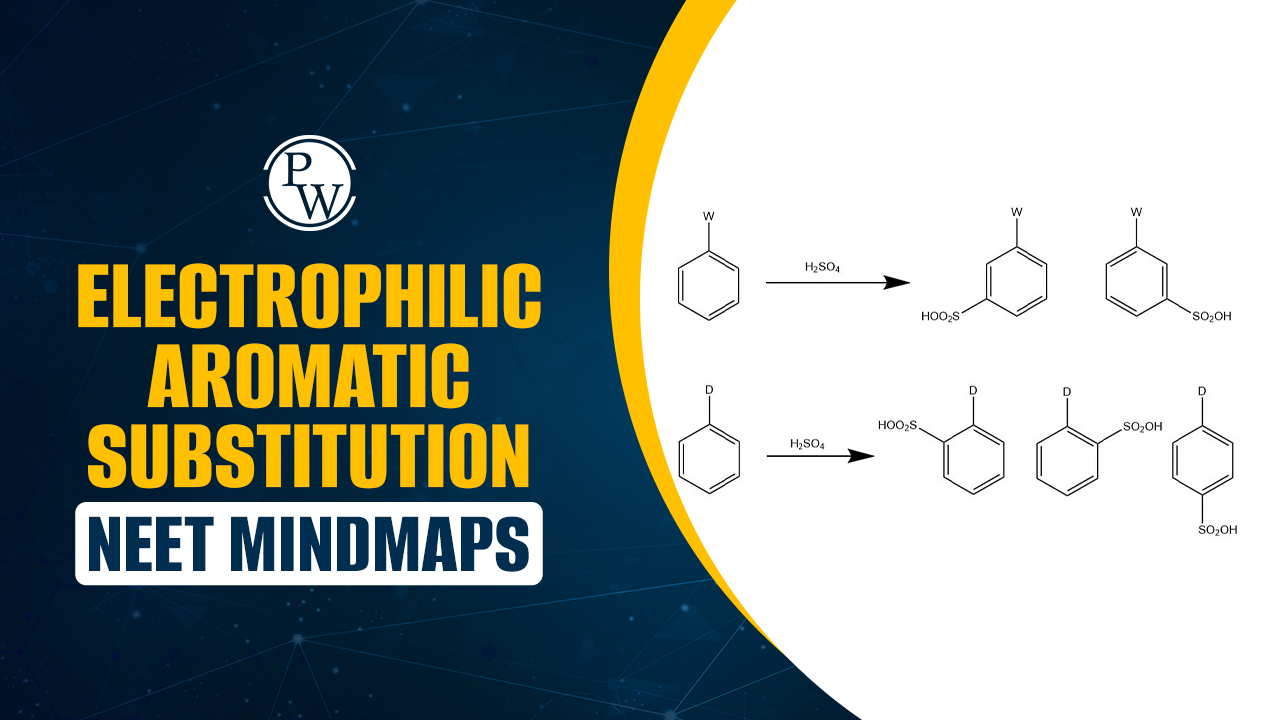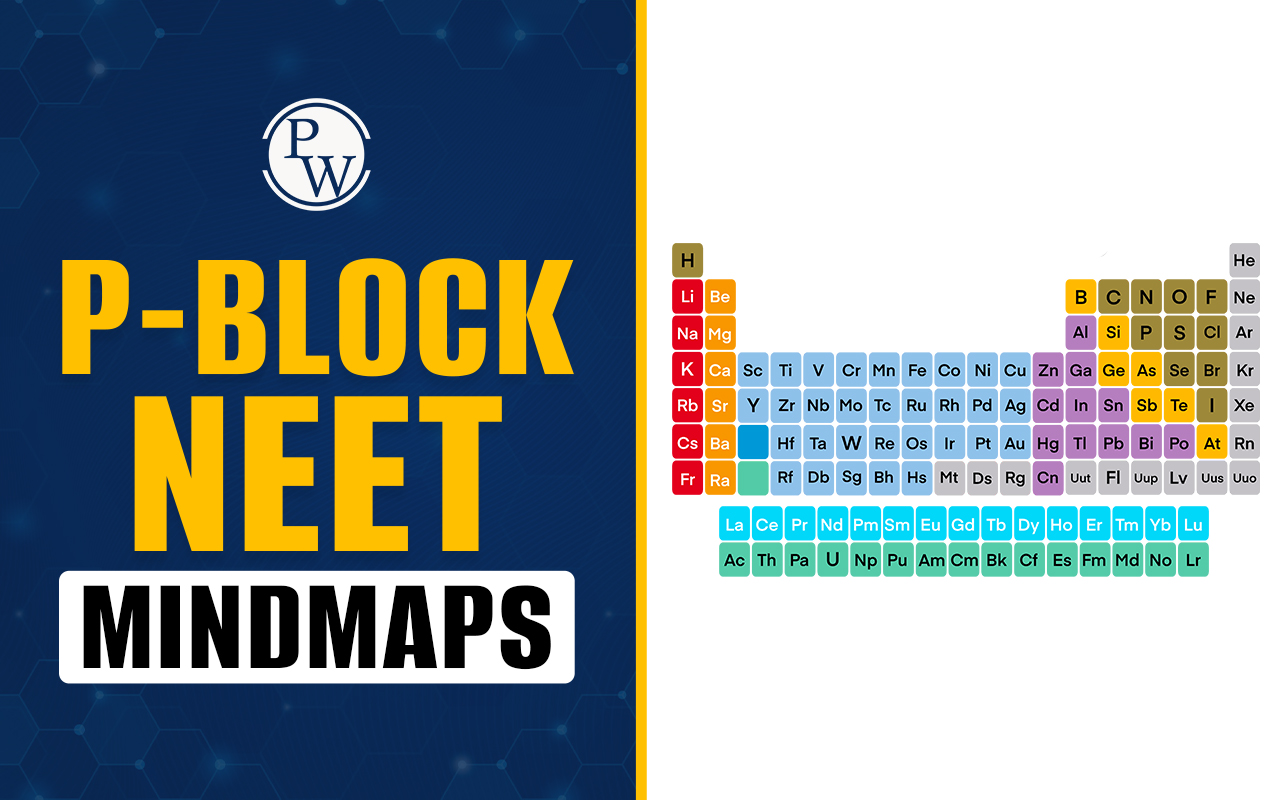
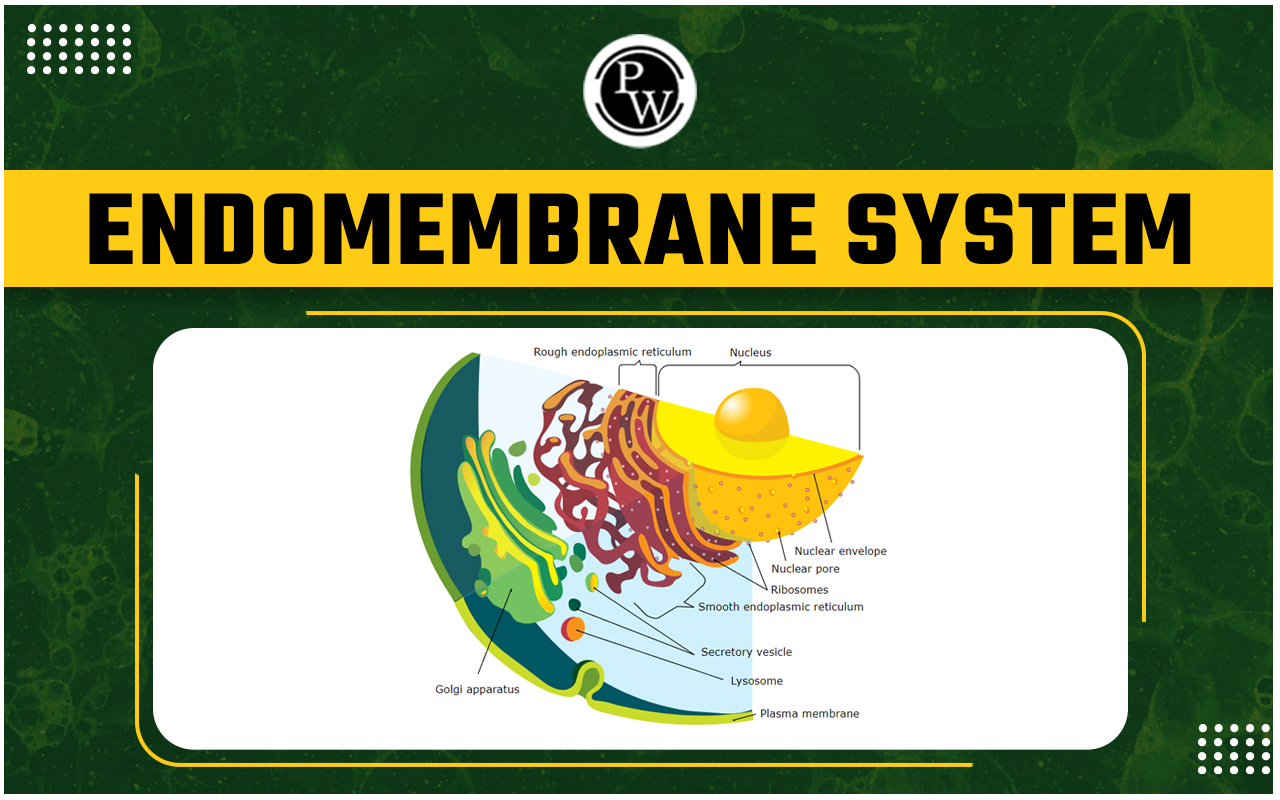
Endomembrane System: The endomembrane system, also called the inside membrane system, is a collection of membranes and small structures found in eukaryotic cells. These structures work together to process, package, and transport fats and proteins. This system's components include the nuclear envelope, lysosomes, vesicles, endoplasmic reticulum, and Golgi apparatus, all of which will be discussed later. Although the plasma membrane is not strictly inside the cell, its interactions with other components make it part of the endomembrane system.
Special proteins found in tiny bubbles form on the endoplasmic reticulum and attach to one side of the Golgi apparatus. As proteins pass through the Golgi, they are modified by the addition of more sugars. When proteins are fully synthesized, they exit the Golgi as bubbles and merge with the cell membrane. The following article includes detailed explanations and diagrams of all endomembrane system components.
What is the Endomembrane System?
The endomembrane system divides the cell into various sections known as organelles, acting as a sort of manager for the cell. These sections are the nucleus, endoplasmic reticulum (ER), Golgi apparatus, and lysosomes. The process begins in the ER and continues to the Golgi apparatus, where lysosomes are formed. The ER resembles a network of membrane-encased tubes and sacs. It is where the cell produces fat and processes proteins. The endomembrane system is essential for the cell to function properly on its own. Imagine you are a pancreatic cell. Your job is to release digestive enzymes, which aid in the breakdown of food in the small intestine.
Each component of the endomembrane system has its own function, but they all work together. That is why they are all considered part of the system. The endoplasmic reticulum (ER), Golgi complex, lysosomes, and vacuoles are all present. However, mitochondria, chloroplasts, and peroxisomes are not because they serve different functions than those in the endomembrane system.
Components of the Endomembrane System
Endomembrane System consists of the following components including the endoplasmic reticulum (ER), Golgi apparatus, lysosomes, and vacuoles . These cell organelles are bound in the membrane, hence called an Endomembrane System.
Endoplasmic Reticulum (ER)
The endoplasmic reticulum (ER) is an essential part of the cell's protein and lipid synthesis processes. It is made up of a network of tubular membranes and flattened sacs.
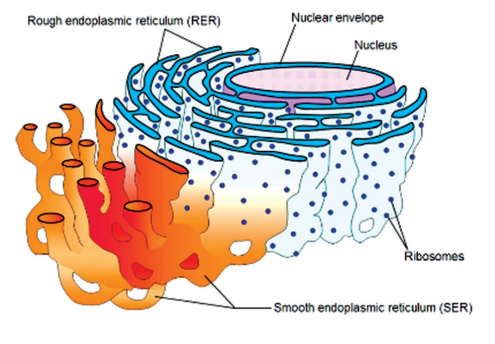
Rough ER
The rough endoplasmic reticulum (rough ER) derives its name from the ribosomes that cover its surface, giving it a rough or bumpy appearance. Ribosomes are responsible for protein synthesis. These proteins are synthesized and then enter the lumen, the inner space of the ER. Inside the ER, proteins go through important processes like folding and modification, which include the addition of carbohydrate side chains. These modifications are necessary for the proteins to function properly.
The modified proteins serve various functions. Some become part of the cell's membranes, while others are secreted from the cell. Those that are intended for secretion are packaged into vesicles and transported to the Golgi apparatus for further processing and distribution. The rough ER not only synthesizes and modifies proteins but also produces phospholipids, which are essential components of membranes.
Functions of the Rough ER include:
- mRNA transcripts are translated into amino acids, which are then assembled into polypeptides.
- Ensuring proper protein folding and quality.
- Sorting proteins into their proper locations within the cell.
- Participating in different stages of protein synthesis, including post-translational modifications that improve protein diversity and functionality.
Smooth ER
The smooth endoplasmic reticulum (smooth ER) is continuous with the rough ER but lacks ribosomes on its surface. The Smooth ER plays diverse roles in synthesis, detoxification, and ion storage, essential for cell function and health.
Functions of the Smooth ER include:
- Carbohydrate, lipid, and steroid hormones are synthesized.
- Detoxification of drugs and poisons.
- Storage of calcium ions.
- In muscle cells, a specialized smooth ER known as the sarcoplasmic reticulum stores calcium ions for muscle contraction.
Golgi Complex
The Golgi apparatus, discovered by Camillo Golgi in 1898, is a vital organelle in eukaryotic cells that is distinguished by stacked membrane sacs known as cisternae. It typically has four to eight cisternae, but some single-celled organisms can have up to 60. It is located near the nucleus and has distinct cis and trans faces.
The cis face receives materials from the endoplasmic reticulum, whereas the trans face transports processed substances via vesicles to various cellular locations. Animal cells usually have 10 to 20 interconnected Golgi stacks, whereas plant cells have dispersed Golgi subunits called dictyosomes. The Golgi apparatus, which is absent in bacteria, blue-green algae, mature sperm cells, and mammalian red blood cells, varies in morphology depending on cell physiology, with cisternae, tubules, vesicles, and vacuoles.
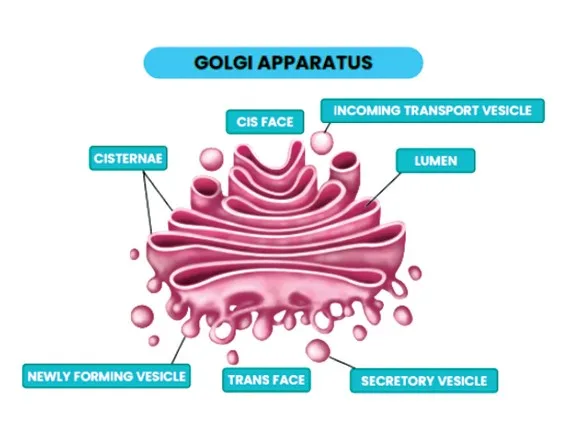
Functions of Golgi Complex include:
- Glycoprotein and glycolipid formation.
- Membrane transformation and recycling.
- Integrating proteins from the rough endoplasmic reticulum with carbohydrates to produce glycoproteins.
- Mediating hormone production in endocrine glands.
- Lipid modification and processing.
- Contributing to connective tissue matrix.
- Forming lysosomes for cellular waste disposal.
- Assisting in root hair formation.
- Packaging macromolecules into transport vesicles.
- Synthesizing retinal pigment in chick embryos.
Lysosomes
Lysosomes, which can only be seen under electron microscopy, is named after the Greek words 'lyso', meaning 'digestive' and 'soma' meaning 'body,' as they contain digestive enzymes. Lysosomes are coined as the 'suicidal bags' of the cell. They were discovered by Christian de Duve in 1955.
Lysosomes are found in all animal cells and protozoans but not in red blood cells or prokaryotes, and they are less common in plants. Typically spherical, they form through vesicles pinching off from the Golgi apparatus, enclosed by a single unit membrane comprising lipoproteins. Lysosomes contain acidic hydrolytic enzymes referred to as 'acid hydrolases.'
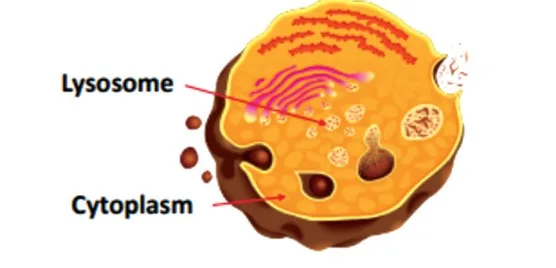
Functions of Lysosomes:
- Intracellular digestion: Lysosomes aid in digesting foreign particles engulfed by the cell via phagocytosis. Phagosomes, housing these particles, fuse with primary lysosomes from the Golgi apparatus, forming secondary lysosomes or phagolysosomes. Hydrolytic enzymes within facilitate intracellular digestion, also termed heterophagy.
- Autophagy: Lysosomes are capable of digesting damaged or dead organelles within the cell and engage in autophagy, leading to the formation of autophagosomes.
- Extracellular digestion: Some lysosomes release enzymes outside the cell through exocytosis, facilitating extracellular digestion. For instance, osteoclast cells release lysosomal content onto bone surfaces for bone digestion, regulating blood calcium levels.
- Cellular digestion: Lysosomes can digest the entire cell they inhabit if it is starved, damaged, or aged, hence earning the moniker 'suicide bags' of the cell.
Vacuoles
A vacuole, a membrane-bound structure within a cell's cytoplasmic membrane, appears as bubble-like sacs enclosed by a single unit membrane called tonoplast. These vacuoles are filled with water, sap, excretory products, and other cellular waste, collectively termed 'cell sap'. The sap within the vacuole has a higher concentration compared to the cytoplasm, resulting in elevated levels of ions and minerals within vacuoles.
Types of Vacuoles
- Contractile Vacuole: It is essential for osmoregulation and excretion, maintaining constant osmotic pressure in an organism's fluids by regulating water and salt concentrations. In unicellular organisms such as Amoeba, excess water entering through osmosis is internalized by the contractile vacuole, causing it to swell and move to the cell's periphery. in protozoan protists and lower animals such as sponges and coelenterates.
- Food Vacuole: Food vacoule contains food particles and aid in their breakdown with the assistance of lysosomes.
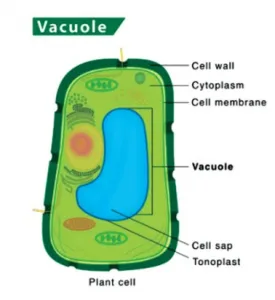
Functions of Vacuoles:
- Plant vacuoles contribute to maintaining turgor pressure in plant cells. The tonoplast facilitates the transport of various ions and materials into the vacuole against concentration gradients in plants.
- Serve as food reserves in seeds and other plant parts.
- Contractile vacuoles in Amoeba assist in osmoregulation and waste excretion.
Physics Wallah is India's top NEET exam preparation platform. NEET Online Coaching is useful for understanding fundamental concepts as you prepare for the exam. It provides a variety of courses designed specifically for NEET aspirants. Physics Wallah provides the best NEET Online Coaching in India at a very affordable price, offering high-quality coaching.
| NEET Exam Important Links | |
|---|---|
| NEET Biology Syllabus | NEET Biology Diagrams |
| NEET Biology MCQ | NEET Biology Chapter wise Weightage |
| NEET Biology Notes | NEET Previous Year Question papers |
Endomembrane System FAQs
Why are mitochondria not part of the endomembrane system?
What characterizes the endomembrane system?
What components constitute the endomembrane system NCERT 11?
Which organelles are not included in the endomembrane system?
Is the ribosome considered a part of the endomembrane system?








